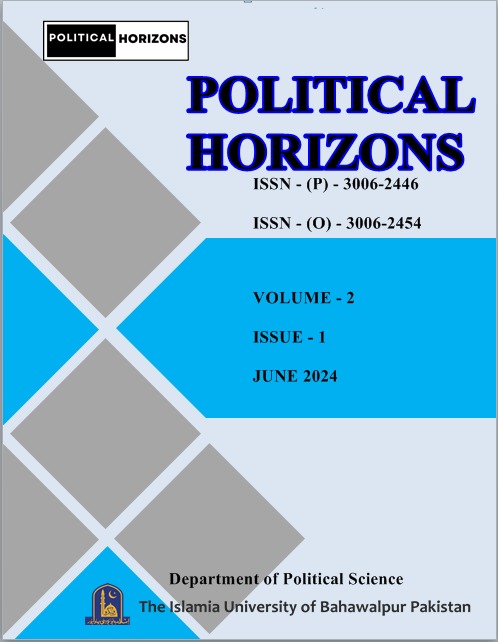Food Security and Prospects of Water Resources
A Case Study of Kalabagh Dam
Abstract
Agriculture sector plays pivotal role in boosting Pakistan’s economy. It represents around 45% of employment, contributes 21.4% to Gross Domestic Product and provides food to over 240 million people of the country. Due to rapid population growth, it is estimated that it will become around 403 million by 2050 (United Nations Population Fund Report, 2023). It will be challenging for the agriculture sector to meet the forthcoming food demand because the accessible resources to provide safeguards against food insecurity in future are conditional with the availability of fresh water which is the backbone of agriculture sector. The gap between the availability and demand of fresh water is becoming wider due to certain circumstances and it could be accomplished by constructing new dams. Within this debate, the project of Kalabagh dam is analyzed as the most feasible option while comparing it under four dimensions: availability, applicability, acceptability, and affordability. The disagreements among the domestic political groups are main impediments on the way to the construction of Kalabagh dam. Domestic political snags might be addressed through dialogues and compromises. The debate for engendering national consensus on Kalabagh dam and to comprehend the domestic political discrepancies, is evaluated within the prism of the theory of state-building.
Keywords: Food Security, Kalabagh Dam, Domestic Politics, Water Security, Theory of State-building

Downloads
Published
How to Cite
Issue
Section
License
Copyright (c) 2024 Dr. Muhammad Shafiq ur Rahman

This work is licensed under a Creative Commons Attribution-NonCommercial 4.0 International License.




